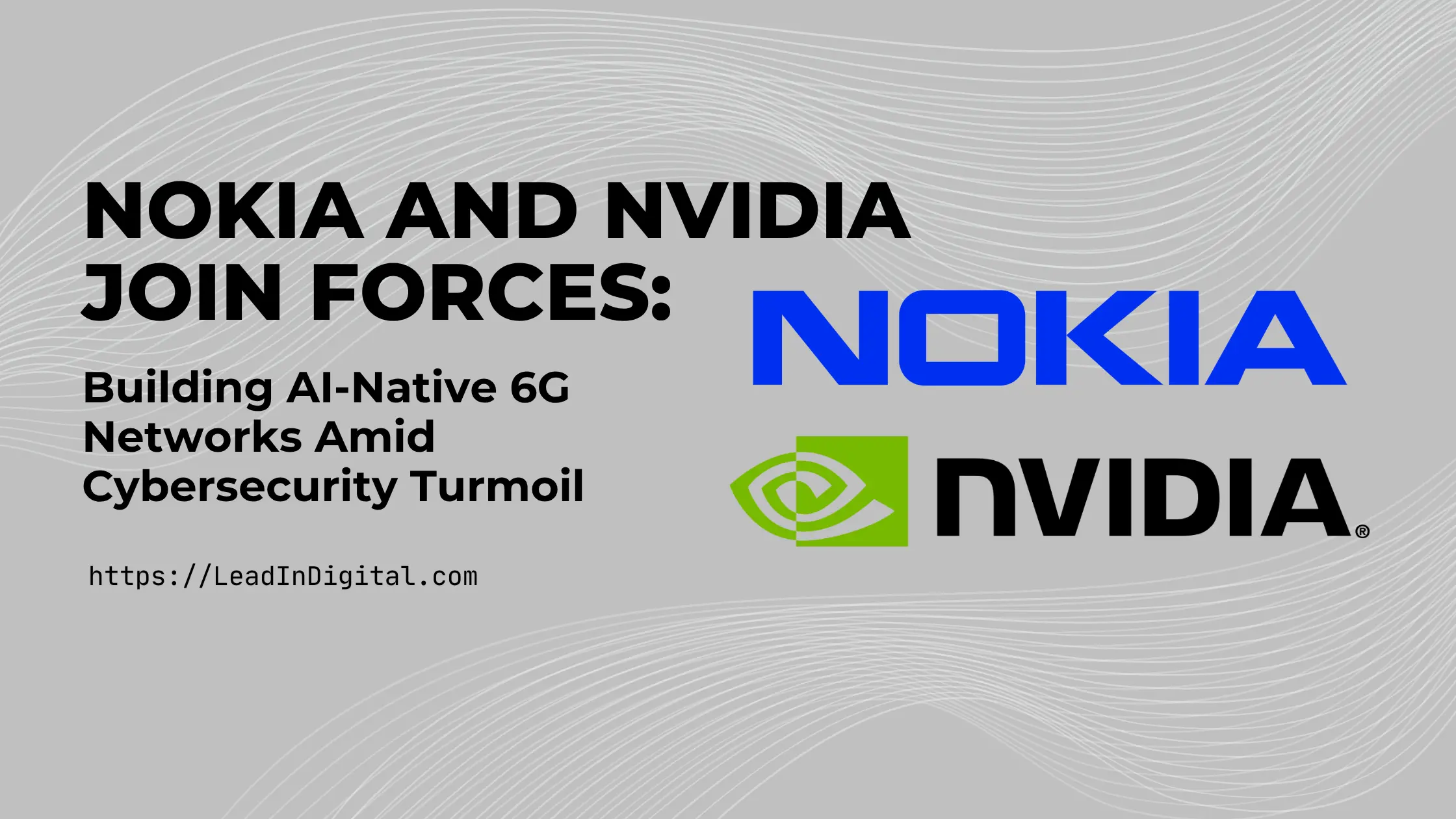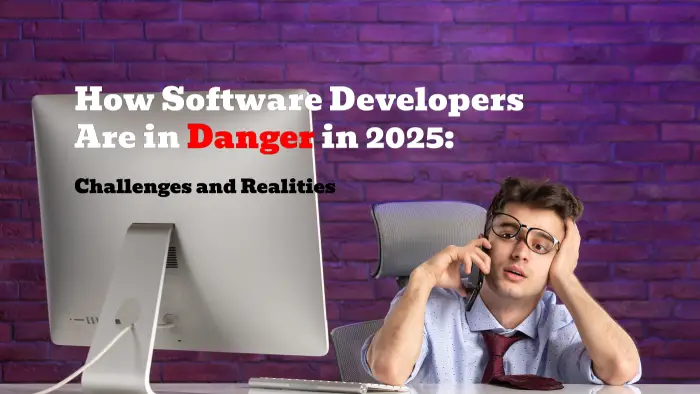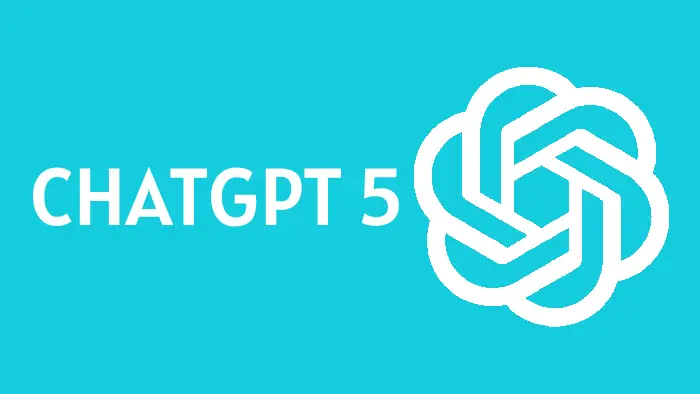
The Cyber Backdrop: A Wake-Up Call for Digital Security
The week’s news cycle has been dominated by a chilling revelation, a massive trove of stolen login credentials, including millions of Gmail passwords, surfaced online and became searchable via Have I Been Pwned (HIBP). For individuals, this highlights the critical need for stronger password management and multi-factor authentication. Read more about this from here.
But beyond individual risk, such breaches expose a deeper global challenge: the security of our interconnected networks. As AI driven technologies expand across sectors, from personal devices to telecom infrastructure, today’s cyber vulnerabilities foreshadow tomorrow’s systemic risks.
Interestingly, while the world reels from this cybersecurity crisis, another story unfolds, a strategic partnership between Nokia and Nvidia that aims to redefine the future of digital networks from the inside out.
1. The Strategic Core of the Partnership
AI-Native Networks: Reinventing Connectivity
This is not a conventional telecom alliance. Nokia and Nvidia are reimagining connectivity through AI native networks, where artificial intelligence isn’t a bolt on feature but the core infrastructure layer.
These networks integrate machine learning models directly into the network’s operations allowing systems to predict traffic changes, self optimize performance, and intelligently allocate resources. It’s a vision of an internet that learns, adapts, and evolves.
Leading the 6G Race:
The collaboration between Nokia and Nvidia positions both companies at the helm of the coming 6G era, a transformation expected to enable ultra fast, hyper reliable wireless communications for smart cities, autonomous vehicles, and AI powered enterprises.
Through this partnership, Nokia aims to become a Western alternative to Huawei, defining open and secure network standards without heavy dependence on external vendors.
RAN Innovation: A Software-First Approach:
At the heart of this vision lies Nokia’s decision to leverage Nvidia’s high performance computing platforms to accelerate its Radio Access Network (RAN) software. This will create an AI RAN platform, a system capable of evolving continuously through software updates, a fundamental step in telecom modernization.
2. Financial and Technological Foundations
Nvidia’s $1 Billion Statement of Confidence:
In a move signaling deep strategic faith, Nvidia announced a $1 billion investment to acquire a 2.9% stake in Nokia. This injection is more than just capital, it’s a validation of Nokia’s trajectory toward AI driven telecom leadership.
The market responded swiftly, with Nokia stock (NOK) seeing a positive uptick and analysts revisiting their forecasts for long-term growth.
Core Technology Integration:
The collaboration will fuse several technological breakthroughs:
Nvidia ARC Pro (Aerial RAN Computer): A specialized, 6G ready computing platform that will become the technical foundation of Nokia’s AI RAN network.
Nokia’s AirScale RAN: Enhanced 5G and 6G software optimized for Nvidia chips, expanding Nokia’s AirScale baseband portfolio with intelligent network management capabilities.
Data Center and Optical Tech Synergies: Exploration of integrating Nokia’s optical networking and data center switching technologies into Nvidia’s future AI infrastructure systems.
A Shared Vision for Future Infrastructure:
This strategic alignment isn’t just about product synergy. It’s about transforming global communications architecture, marrying telecom reliability with AI adaptability. A combination that could underpin industries from autonomous logistics to smart healthcare.
3. Broader Market Context and Industry Implications
A $200 Billion Market in Sight:
According to research firm Omdia, the AI RAN market could exceed $200 billion by 2030. This projection underscores how AI infused networks will soon dominate telecom evolution, demanding infrastructure capable of handling complex AI driven workflows in real time.
By getting ahead of the curve, Nokia and Nvidia are positioning themselves to capture early market momentum that could redefine profit streams across telecom, enterprise AI, and cloud computing.
Building an Ecosystem of Collaborators
The collaboration also includes strategic ecosystem partners:
T-Mobile U.S. will conduct field trials for AI-RAN solutions beginning in 2026, testing real world deployment scalability.
Dell Technologies will supply its PowerEdge servers, forming the backbone for AI-RAN’s edge computing infrastructure.
This multi stakeholder ecosystem strengthens the credibility of the Nokia and Nvidia's initiative and speeds up time to market for commercialization.
Strategic Positioning Amid Global Competition:
For Nokia, this alliance is a defining moment. As governments and telecom providers seek secure, non-Chinese alternatives, Nokia’s AI-driven roadmap provides a Western, standards based pathway that promotes innovation without compromising sovereignty.
In an era when tech alliances increasingly reflect geopolitical positioning, this collaboration builds trust, something the world needs as cybersecurity threats become more pervasive.
AI and Network Traffic Explosion:
The exponential surge in mobile AI traffic from generative AI apps to real time AR/VR experiences is pushing networks to their limit. Nvidia’s hardware acceleration, coupled with Nokia’s RAN expertise, directly tackles the challenge of handling AI generated data at unprecedented scale.
4. Implications for Consumers and the Future
Accelerated Connectivity and Smarter Networks:
For consumers, the partnership promises faster internet speeds, greater reliability, and more adaptive service delivery. Imagine streaming, gaming, and collaborating in latency free environments, where AI continuously adjusts bandwidth and priorities in real time.
Future Proof Network Evolution:
Because the AI-RAN architecture is software defined, telecom providers can upgrade to 6G capabilities through cloud based updates rather than costly hardware replacements. This reduces operational expenditure while safeguarding long term investments.
The Rise of Distributed Edge AI:
The most groundbreaking innovation lies in edge AI processing bringing computational intelligence closer to end users. By handling AI tasks directly at the network edge, latency drops dramatically, enabling emerging experiences such as intelligent vehicles, industrial automation, and real time medical data processing.
Connecting the Dots: AI Networks in a Risky Cyber World
The comparison of a massive data breach involving stolen Gmail credentials and a historic AI-driven telecom alliance underscores one clear truth: the digital future demands intelligence and resilience in equal measure.
While cybersecurity threats erode trust in our online systems, innovations like AI-native 6G networks seek to rebuild it from secured infrastructure to adaptive, intelligent connectivity.
As investors track nokia stock and nvidia nokia developments, and as companies prepare for the AI-enabled economy, the message is unmistakable:
The next generation of communication isn’t just faster, it’s smarter, safer, and self-improving




